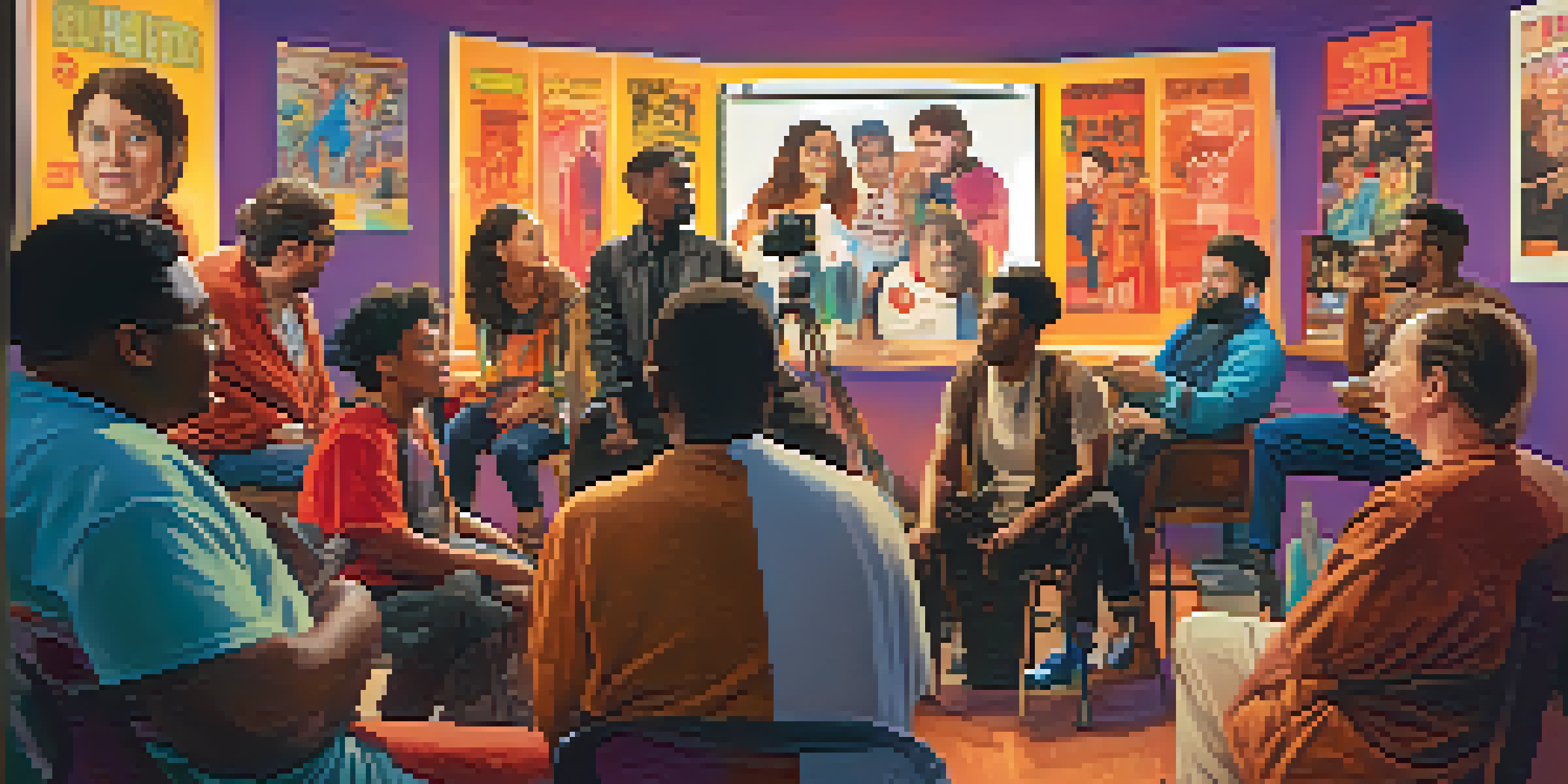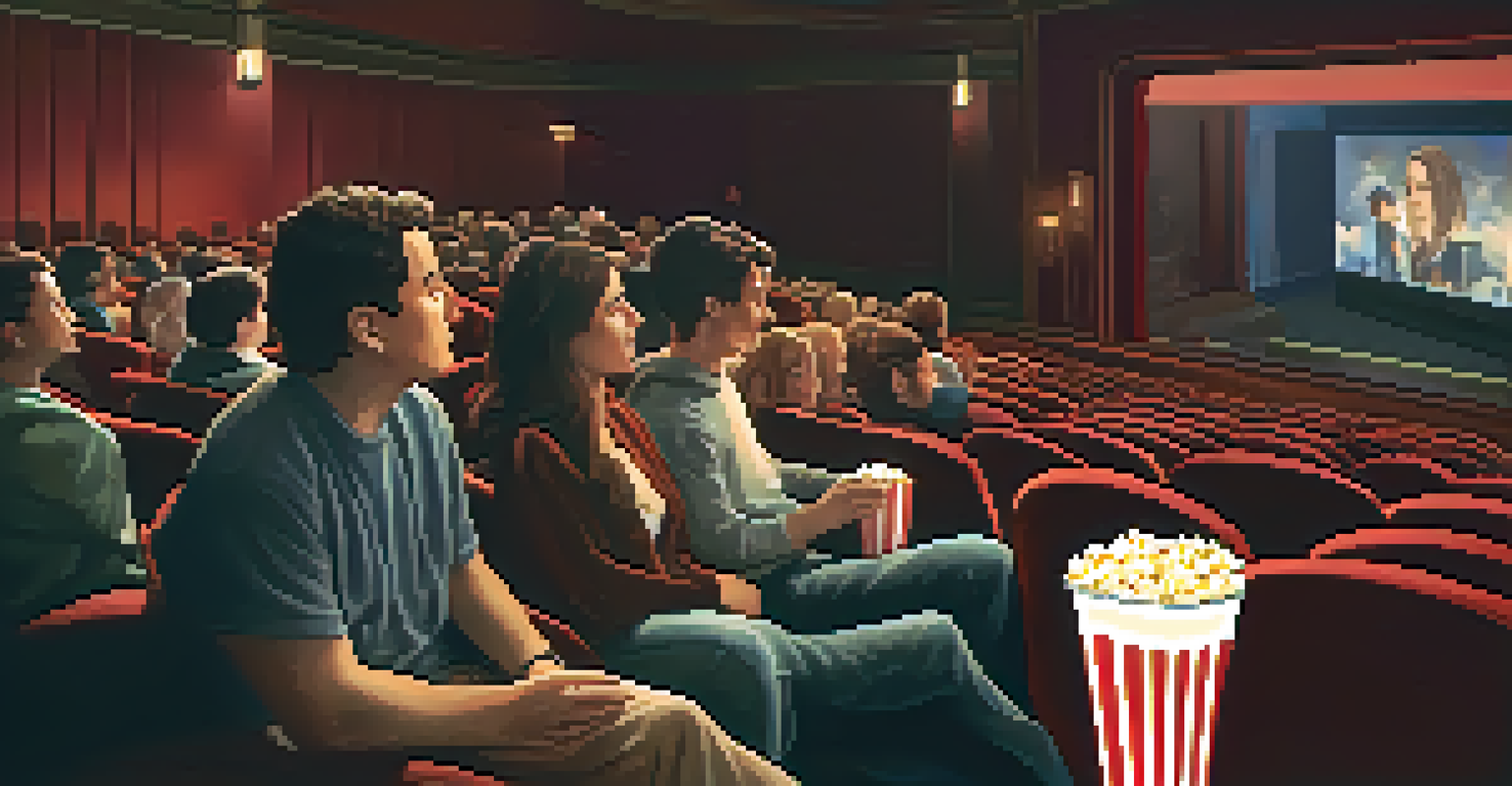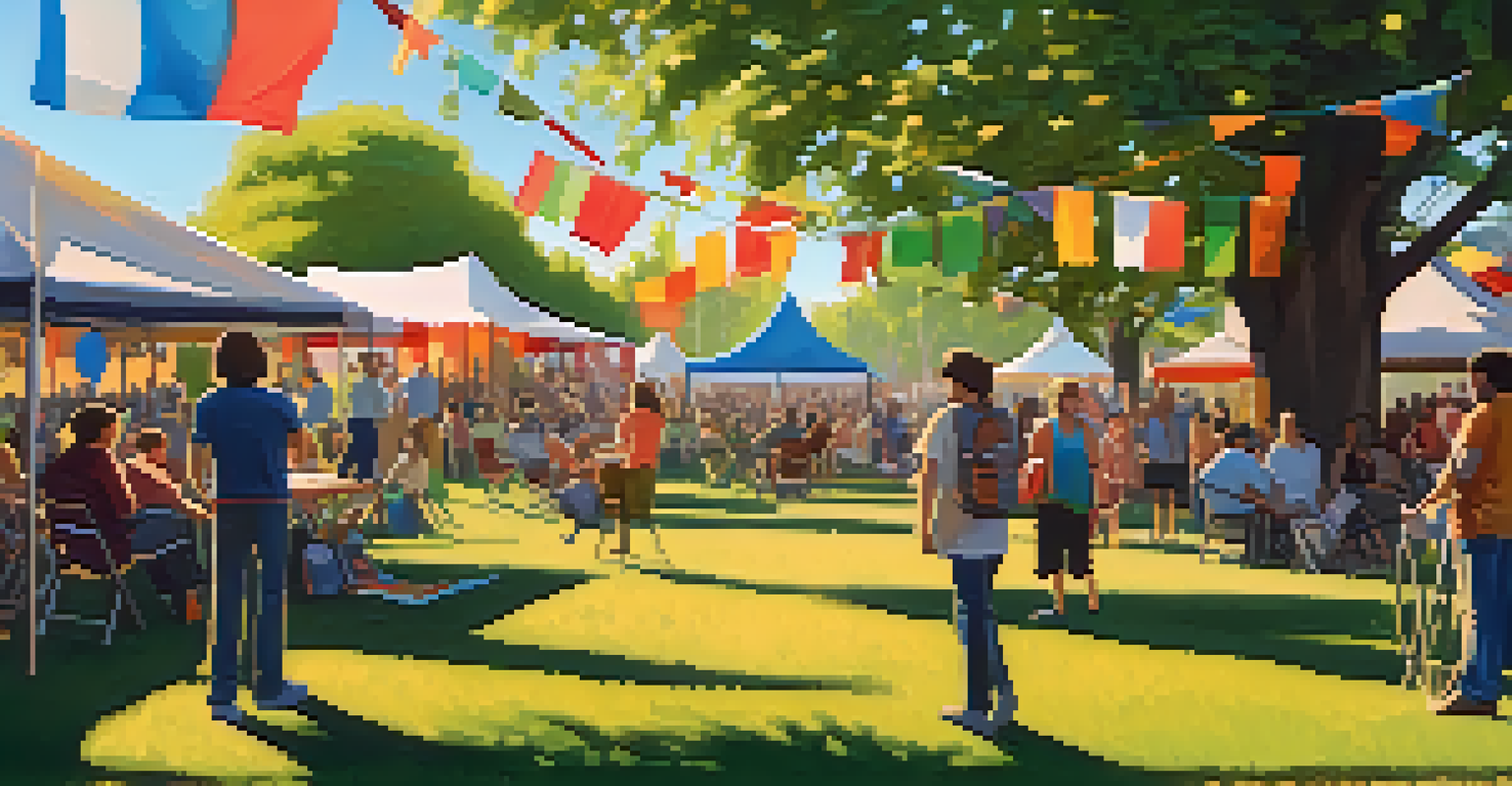The Representation of Disability in Hollywood: Changing Narratives

Historical Context: Disability in Early Cinema
In the early days of cinema, disability was often portrayed through a narrow lens, focusing on stereotypes or sensationalism. Characters with disabilities were frequently depicted as villains or objects of pity, reinforcing negative perceptions. This limited representation not only shaped public attitudes but also denied individuals with disabilities the chance to see themselves reflected positively in media.
The greatest tragedy in life is not death, but a life without purpose.
Take, for example, the classic silent films where characters were often reduced to caricatures. These portrayals lacked depth and humanity, leading many to view disability as something tragic or abnormal. As a result, audiences were left with a skewed understanding of what it means to live with a disability.
This historical backdrop sets the stage for the gradual shift we are beginning to witness, where more authentic stories are being told, showcasing the complexity and richness of the disabled experience.
The Shift Towards Authentic Representation
In recent years, there's been a noticeable shift in Hollywood, with a growing emphasis on authentic representation of disabled characters. Filmmakers are increasingly casting actors with disabilities to portray roles that reflect their lived experiences. This move not only enriches storytelling but also ensures that narratives resonate more deeply with audiences.

For instance, movies like 'The Peanut Butter Falcon' and 'Sound of Metal' feature disabled actors in pivotal roles, illustrating their everyday challenges and triumphs. These films challenge stereotypes and offer a more nuanced perspective, allowing viewers to connect with characters on a human level.
Shift to Authentic Representation
Hollywood is increasingly casting actors with disabilities, leading to more genuine storytelling that reflects their real-life experiences.
This change is significant; it acknowledges the voices of individuals with disabilities and promotes a more inclusive environment in Hollywood, paving the way for future storytellers.
Impact of Disability on Storytelling Techniques
The representation of disability has also influenced storytelling techniques in Hollywood. Filmmakers are now exploring diverse narratives that integrate disability into the storyline rather than treating it as a mere plot device. This approach fosters empathy and understanding, encouraging audiences to engage with the characters’ journeys authentically.
Diversity is being invited to the party; inclusion is being asked to dance.
Consider how a film like 'A Quiet Place' uses deafness not just as a character trait but as a critical element of the plot. This technique creates tension and highlights the strengths of the characters, showing that disability can be intertwined with themes of resilience and bravery.
Such storytelling methods broaden the audience's perspective, making room for more diverse narratives that reflect real-life experiences.
Challenges Facing Disabled Actors Today
Despite the progress made, disabled actors still face significant challenges in Hollywood. The industry often overlooks talent in favor of able-bodied actors, perpetuating the very stereotypes that the movement seeks to dismantle. This not only limits opportunities for disabled performers but also affects the authenticity of the roles portrayed.
Moreover, when disabled characters are played by non-disabled actors, it raises questions about representation and the importance of lived experiences in storytelling. This ongoing issue has sparked debates within the industry and among audiences about the need for genuine representation.
Challenges for Disabled Actors
Despite progress, disabled actors still face significant barriers in the industry, including being overlooked for roles and misrepresentation.
Addressing these challenges is crucial for fostering an inclusive environment where all actors can thrive and share their stories.
The Role of Advocacy and Activism in Hollywood
Advocacy and activism play a pivotal role in shaping the narrative around disability in Hollywood. Organizations and movements are pushing for more inclusive practices and policies in the industry, ensuring that disabled voices are heard and represented. This collective effort is essential in driving change and holding Hollywood accountable for its representation.
Activists are using social media platforms to raise awareness and share personal stories, creating a sense of community and solidarity. These platforms allow for discussions about the importance of authentic representation and the impact of media on societal perceptions of disability.
As advocacy continues to gain momentum, it encourages more filmmakers to prioritize representation and challenge outdated stereotypes.
The Future of Disability Representation in Film
Looking ahead, the future of disability representation in film appears promising. With a growing emphasis on diversity and inclusion, more stories from the disabled community are likely to reach the big screen. This shift will not only enrich cinema but also foster a deeper understanding of the various challenges faced by individuals with disabilities.
As filmmakers become more aware of the importance of representation, we can expect to see a wider array of narratives that reflect the complexities of the disabled experience. This evolution has the potential to inspire future generations to tell their stories and advocate for their place in the industry.
Advocacy Drives Change in Cinema
Activism and advocacy are crucial in pushing for inclusive practices in Hollywood, ensuring that disabled voices are heard and represented.
Ultimately, a more inclusive Hollywood can lead to a broader cultural shift, promoting acceptance and understanding both on and off-screen.
Conclusion: Embracing Change in Hollywood
In conclusion, the representation of disability in Hollywood is undergoing a significant transformation. While there are still challenges to overcome, the increasing focus on authentic storytelling and inclusive practices marks a positive change in the industry. It's a journey that reflects broader societal attitudes and the need for empathy and understanding.
As audiences, we have the power to support films that celebrate diverse narratives and challenge stereotypes. By choosing to engage with stories that depict the realities of disabled lives, we contribute to a culture that embraces change and fosters inclusivity.

Together, we can champion a Hollywood that not only represents but empowers individuals with disabilities, paving the way for a richer, more diverse cinematic landscape.